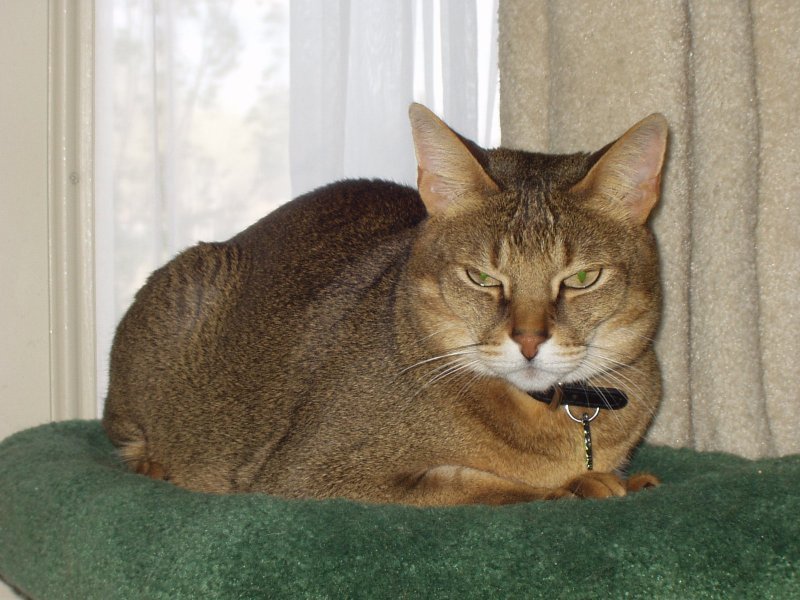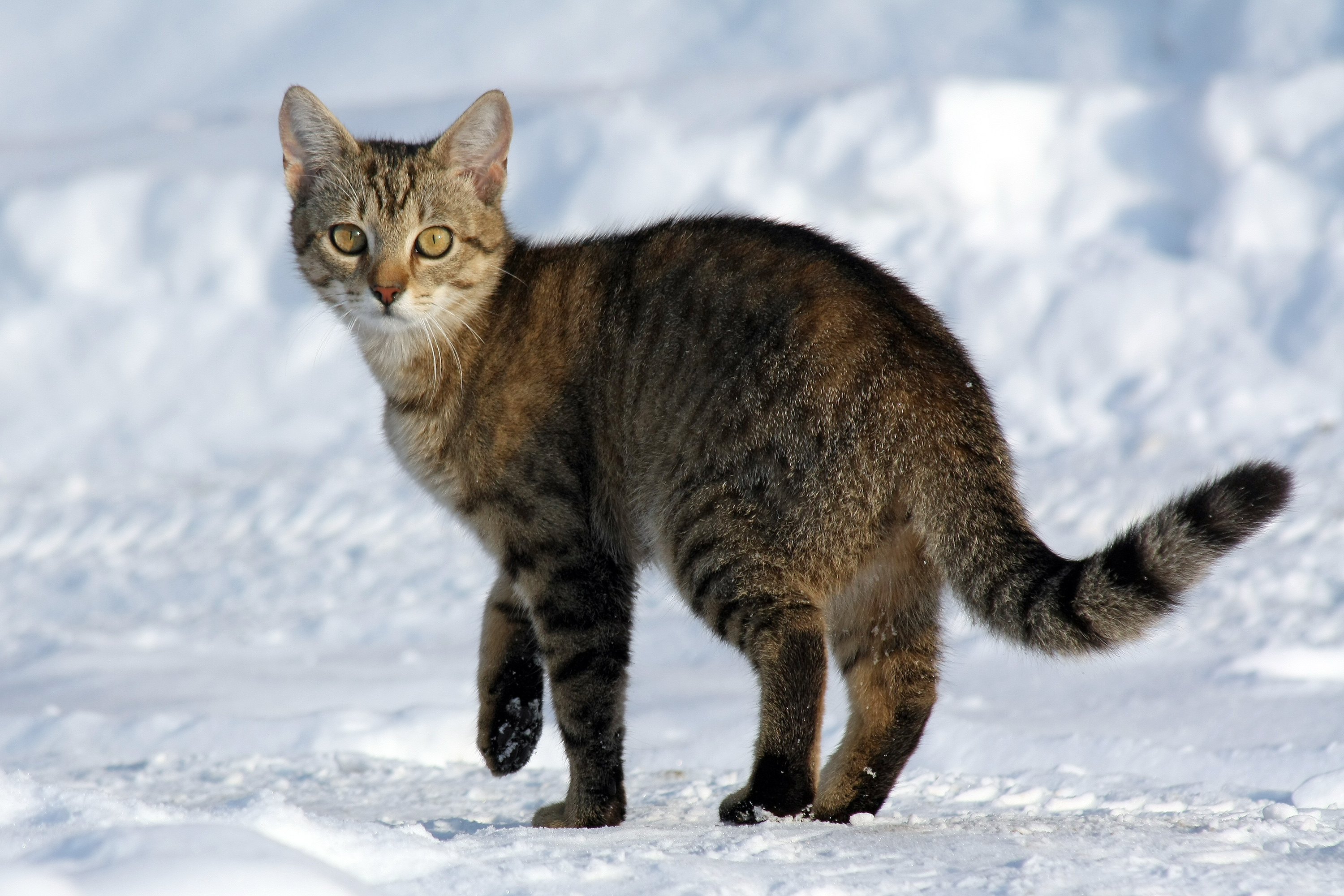Cats have long been a source of enchantment and curiosity for humans. Their aloof yet affectionate nature, combined with their mysterious behavior, often leaves us wondering about the inner workings of their minds. One aspect that remains particularly intriguing is their memory and recognition capabilities. We all know how they can remember small things and little details, and charm us with that knowledge. While many assume that cats have short-term memories and are not capable of recognizing their owners, the reality is actually quite different. Keep reading to find out the lesser-known facts about how our feline friends remember and recognize the world around them.
The Impressive Short-Term Memory of Cats
Cats, despite their aloof demeanor, possess an impressive short-term memory. On average, a cat’s short-term memory can last around 16 hours, which is significantly longer than that of dogs, who typically remember things for just a few minutes. This ability allows cats to recall recent events, such as where they last saw their favorite toy or the location of their food bowl. In a way, their short-term memory acts like a mental sticky note, helping them navigate their surroundings efficiently. This isn’t just a survival mechanism but also a testament to their cognitive skills. Just like humans remembering where they parked their car in a massive parking lot, cats use this memory to navigate their daily lives.
Cats Can Recognize Their Owners’ Voices

It may surprise some to learn that cats can recognize their owners by voice alone. Research has shown that cats can distinguish their owner’s voice from that of a stranger, often responding with a flick of the ear or a twitch of the tail. This auditory recognition plays a crucial role in their bond with humans. Think of it as the feline equivalent of recognizing a friend’s voice in a crowded room. While cats may not come running when called, they are aware and acknowledge their owner’s presence in their own subtle way.
Facial Recognition in Cats
Cats have the ability to recognize human faces, though they don’t rely on this skill as heavily as dogs do. They are more attuned to identifying people through scent and sound, but that doesn’t mean they can’t tell humans apart by sight. This ability is more of a supplementary skill, much like how we might recognize a familiar face in a blurry photograph. For cats, facial recognition is one piece of a larger puzzle, helping them identify and differentiate individuals in their environment.
The Role of Scent in Cat Memory
A cat’s sense of smell is one of its most powerful tools for memory and recognition. Cats have a highly developed olfactory system, which they use to gather information about their surroundings. Each scent is like a unique signature, allowing them to remember people, animals, and even locations. This is why a cat might rub its face against your leg or furniture, marking its territory with its scent glands. It’s a bit like leaving a personal note that says, “I’ve been here before.” This olfactory memory plays a crucial role in their social interactions and territorial behavior.
Cats and Location Memory

Cats are masters of remembering locations. This is particularly evident in their ability to recall the precise spot where they last found food or a comfortable resting place. Their spatial memory is akin to having a mental map, helping them navigate their territory with ease. For instance, a cat might remember the exact location of a cozy sunbeam on the floor or the hiding spot for their favorite toy. This location memory is not just about survival but also about comfort and familiarity, ensuring they can always find their way back to favored spots.
Emotional Memory in Cats
Cats are capable of forming emotional memories, associating certain experiences with specific feelings. For instance, a cat that has had a negative experience with a particular person or situation might show signs of fear or avoidance when encountering them again. This emotional memory is similar to how humans might feel uneasy in a place where they once had a bad experience. On the flip side, positive interactions lead to a stronger bond and trust, reinforcing their connection with their owners.
Memory and Aging in Cats

As cats age, their memory can be affected, much like in humans. Older cats may experience cognitive decline, impacting their ability to remember and recognize familiar people or places. This is a natural part of aging, but it can be distressing for both the cat and its owner. Understanding this aspect of feline memory is crucial for providing the best care possible. It’s like when an elderly person might forget where they placed their keys; patience and understanding are key to helping them navigate these changes.
The Impact of Routine on Cat Memory
Cats are creatures of habit and thrive on routine. Their daily schedule helps reinforce their memory, providing a sense of stability and predictability. Regular meal times, play sessions, and sleeping patterns all contribute to a structured environment that supports their cognitive function. Imagine setting a daily alarm clock; over time, your body naturally wakes up at that time, even without the alarm. Similarly, a consistent routine helps cats remember and anticipate their daily activities.
Social Recognition Among Cats
Cats are not only capable of recognizing humans but also other cats. They can remember and distinguish between feline companions, often forming social bonds based on these memories. This recognition is primarily based on scent and sound, allowing them to identify friends and foes. It’s similar to how we might recognize a friend by their unique laugh or the way they walk. Social recognition is vital for maintaining harmony within multi-cat households, reducing stress and promoting a peaceful living environment.
The Role of Play in Enhancing Memory
Engaging in play is not just fun for cats; it’s also a way to sharpen their memory and cognitive skills. Interactive games and toys stimulate their minds, encouraging them to remember patterns and strategies. Think of it as a mental workout, much like solving a puzzle or playing a game of chess. Playtime is an essential part of a cat’s daily routine, offering both physical exercise and mental stimulation that enhances their overall memory and recognition abilities.
Now that you have a better grasp of how cat memory works, there is no need for us to explain why understanding the intricacies of cat memory and recognition can actually deepen the bond between cats and humans. When we know how much our cats understand the environment they are in, it deepens the bond between us and gives us a new kind of fulfillment. By appreciating their unique cognitive skills, we can ensure a more harmonious relationship with our cats.

Esther is from India; the heartbeat of South Asia, holding a Master’s degree in Zoology and a postgraduate diploma in Animal Welfare. Her enthusiasm for animal welfare drives her passion and dedication to working for animals, ensuring their well-being, and advocating for their rights. With a solid academic background and hands-on experience, she is committed to making a positive impact in the field of animal welfare. In her free time, she enjoys embroidery and sewing. As a Chennaite from Tamil Nadu, Esther loves Bharathanatyam, an Indian classical dance form.





